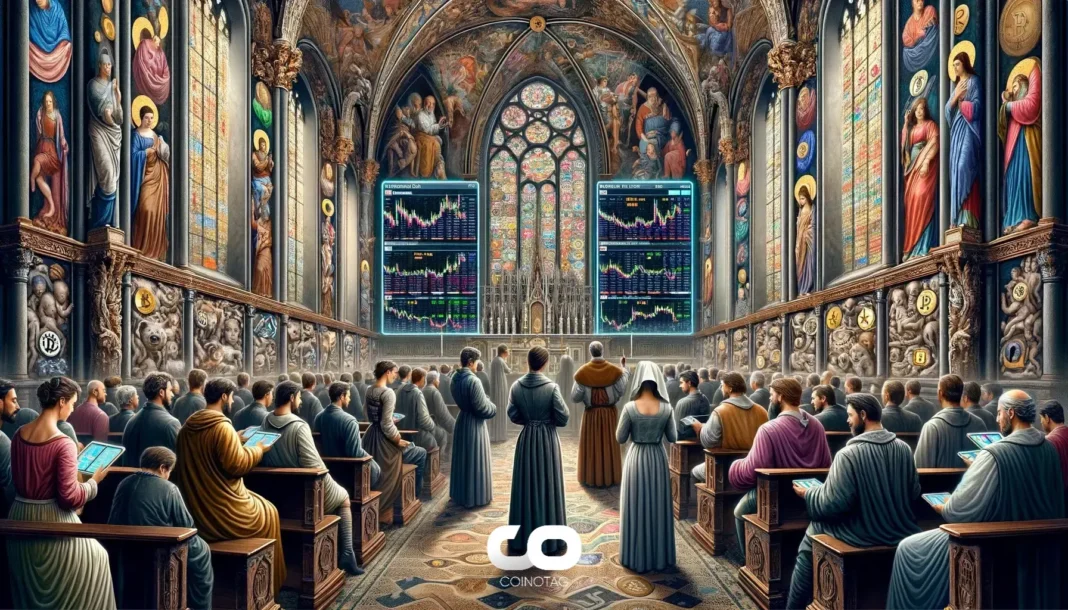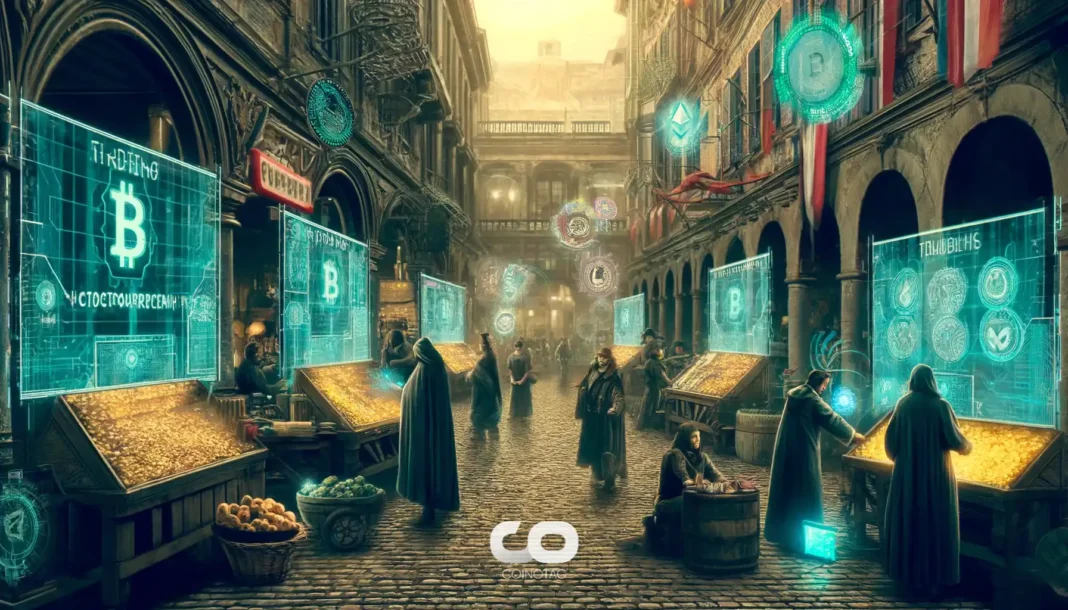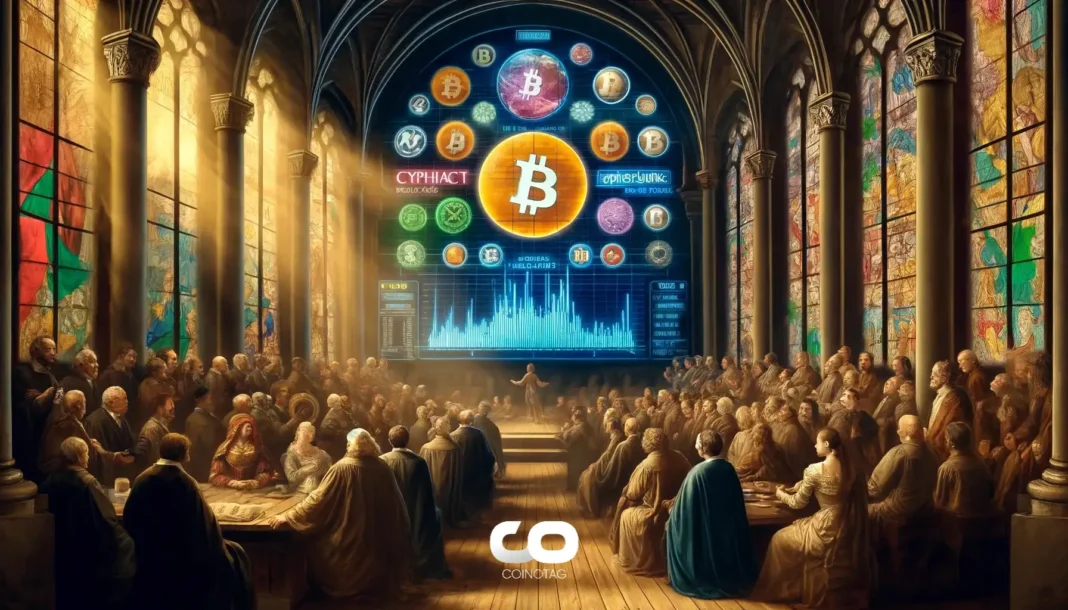-
Plasma, a Bitcoin-based stablecoin blockchain, is gearing up for its mainnet launch this late summer, featuring several unreleased stablecoins and a highly anticipated XPL token sale.
-
The project has attracted over $1 billion in deposits, doubling its initial target, with token allocations based on deposit size and duration, reflecting strong investor confidence.
-
Jacob Wittman, Plasma’s general counsel, emphasized the ongoing third audit and readiness efforts, stating, “The team is fully focused on getting to mainnet as soon as we’re confident the system is ready.”
Plasma targets late summer mainnet launch with unreleased stablecoins and a $1B deposit milestone, positioning itself as a leading Bitcoin-based stablecoin blockchain.
Plasma’s Strategic XPL Token Sale and Lock-Up Mechanism
Plasma’s upcoming XPL initial coin offering (ICO) is scheduled for July 17, marking a critical milestone ahead of its mainnet debut. The token sale offers a 10% share of the total XPL supply to participants who have deposited tokens, with allocations calculated on a pro-rata basis. This approach incentivizes early and sustained deposits, fostering a committed investor base. Deposits will be locked from July 14 and remain inaccessible for a minimum of 40 days post-sale, a regulatory compliance measure particularly stringent for U.S. participants, who face a 12-month lock-up. This lock-up period underscores Plasma’s commitment to adhering to legal frameworks while maintaining investor trust.
Robust Deposit Growth Signals Market Confidence
Since its inception, Plasma has seen deposits surge to $1 billion, doubling the initial $500 million target. This substantial capital influx reflects growing market confidence in Plasma’s vision of a Bitcoin-centric stablecoin ecosystem. The sizeable deposits not only secure a significant XPL allocation for investors but also demonstrate the blockchain’s potential to attract substantial liquidity. Such momentum is crucial as Plasma prepares for its mainnet launch, expected no earlier than August 26, aligning with the company’s “late summer” timeline.
Innovative Stablecoin Ecosystem Built on Bitcoin and EVM Compatibility
Plasma is uniquely positioned as a blockchain optimized for stablecoins, leveraging Bitcoin as its settlement layer while maintaining Ethereum Virtual Machine (EVM) compatibility. This hybrid design allows for gasless stablecoin transactions, reducing transaction costs and enhancing user experience. The network’s permissionless nature invites diverse developers to build on its platform, fostering innovation beyond stablecoins, including the native XPL token, which is not a stablecoin itself. This architecture aims to combine Bitcoin’s security with Ethereum’s flexibility, creating a compelling environment for stablecoin issuance and decentralized applications.
Collaborations and Market Expansion Prospects
Plasma is actively engaging with both stealth projects and established financial institutions to launch native stablecoins at mainnet inception. According to Jacob Wittman, discussions with fintech companies and traditional financial players highlight stablecoins as tools to improve efficiency, lower costs, and unlock new market opportunities. This strategic outreach positions Plasma to capitalize on the expanding stablecoin market, currently valued at approximately $255.9 billion. The potential passage of the GENIUS Act in the U.S., which would regulate stablecoin issuance and trading, could further accelerate this growth, making Plasma’s timing and infrastructure particularly advantageous.
Market Context and Competitive Landscape
The stablecoin sector is witnessing increased interest from traditional companies, with reports of neobank Revolut exploring its own stablecoin and speculation around retail giants like Amazon and Walmart considering digital currencies. While some of these plans have faced political scrutiny, the overall trend indicates a shift towards mainstream adoption of stablecoins. Plasma’s focus on creating a dedicated, scalable blockchain tailored for stablecoins positions it to capture significant market share amid this evolving landscape.
Community Sentiment and Predictions
Despite the optimistic roadmap, market sentiment remains cautiously measured. Prediction markets such as Myriad indicate that nearly 62% of participants expect Plasma’s mainnet launch to be delayed until after September. This skepticism underscores the challenges inherent in launching a complex blockchain project but also highlights the high level of community engagement and interest in the outcome.
Conclusion
Plasma’s approach to launching a Bitcoin-based, EVM-compatible stablecoin blockchain with a robust token sale and strategic partnerships reflects a well-calibrated entry into a rapidly expanding market. By combining regulatory compliance, innovative technology, and active collaboration with both stealth and traditional players, Plasma aims to establish itself as a leading platform for stablecoins. As the project advances toward its late summer mainnet launch, stakeholders should monitor its progress closely, given its potential to significantly impact the stablecoin ecosystem and broader cryptocurrency landscape.







